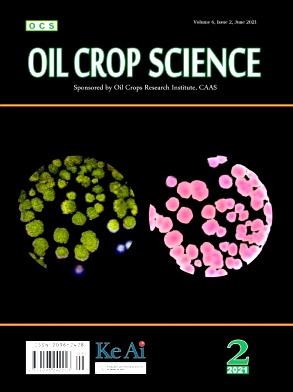Geographical distribution of Aspergillus flavus in peanut harvest period in China
Abstract
In order to grasp the distribution of Aspergillus flavus in the soil of peanut production areas in China, A. flavus biomarkers were tested on 555 soil samples from 37 sampling points in 17 provinces, peanut fields in four agroecological zones (Southern area, Yangtze River Basin, Northern area, Northeast area). The results showed that (1) the cultivation amount of A. flavus per gram of soil in the Yangtze River Basin is 1.30 times that of the southern area, 1.56 times that of the northern area, and 6.20 times that of the northeast area, with obvious regional characteristics. (2) In the Yangtze River basin, the change of longitude in the east-west direction has no direct impact on the cultivation amount of A. flavus per gram of soil. (3) In the east coast, the A. flavus cultivated per gram of soil increased first and then decreased with the increase of latitude from south to north. (4) A. flavus can be isolated in the soil samples above 1000 m. Field pollution is an important source of aflatoxin contamination in peanut. The study on the distribution of A. flavus in soil in China could provide theoretical support for the early warning and prevention and control measures of aflatoxin contamination in peanut.

 求助内容:
求助内容: 应助结果提醒方式:
应助结果提醒方式:


